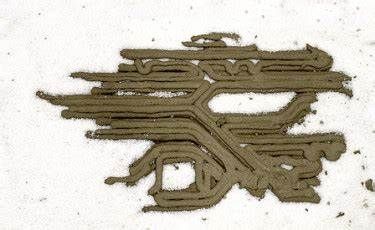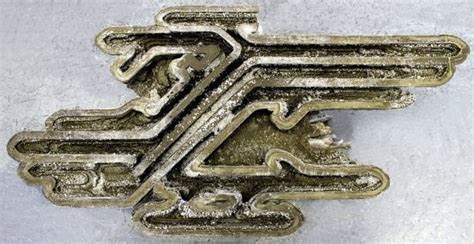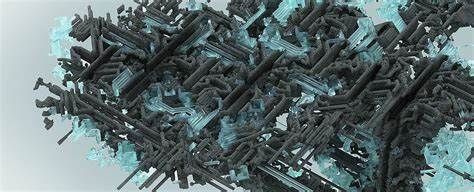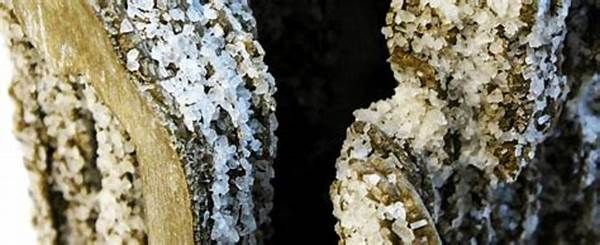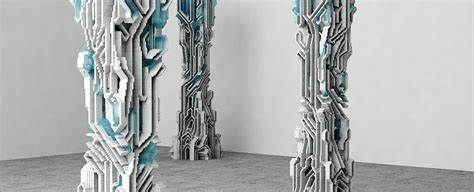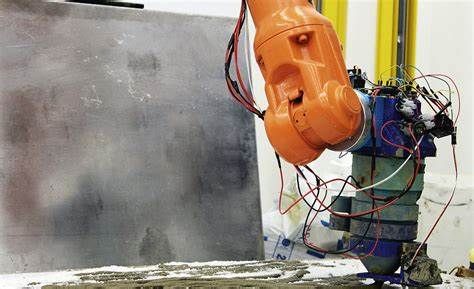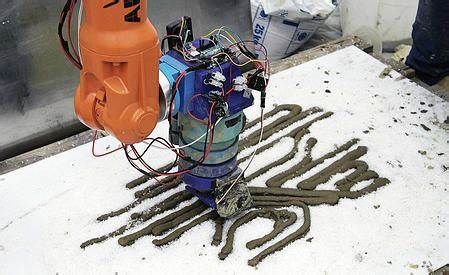3D Concrete Printing: A research group of master students from London’s Bartlet School of Architecture- Francesca Camilleri, Nadia Doukhi, Alvaro Lopez Rodriguez, and Roman Strukov- has invented a new method for 3D printing, considered by many to be the future of architecture. The new method is for manufacturing large scale, self-supporting concrete structures. Amalgam’s new fabrication technique for 3D concrete printing structural elements was developed during their research project, titled Fossilized. It combines two previously existing methods: the extrusion printing method and the powder printing method. The new form of supported extrusion allows a higher resolution of the material, a larger variety of design opportunities, and more sophisticated structures as an end result. To demonstrate the success of the new method, the students presented a column and a table.
3D Concrete Printing Method: First, the concrete is extruded layer-by-layer over a bed of granular support material, which allows the shapes to be more volumetric. Then the concrete is pumped to a robot programmed to follow a linear fabrication tool path and deposited through a customized tool head that extrudes to a 1cm resolution. At each layer, granular support material should be deposited around the extruded concrete. A binder helps out by hardening specific parts to produce a multi-material piece. The finalized 3D printing process, therefore, combines a dual material nozzle of concrete and binder which connects to an industrial robot and prints both materials in the same routine. The challenge the future poses is the printing of entire large-scale structures, without the need to be assembled as in conventional construction.
Project credits:
Team Amalgamma: Francesca Camilleri, Nadia Doukhi, Alvaro Lopez Rodriguez, Roman Strukov
Tutors: Manuel Jimenez Garcia, Gilles Retsin, Vicente Soler
By: Sabina Karleva

